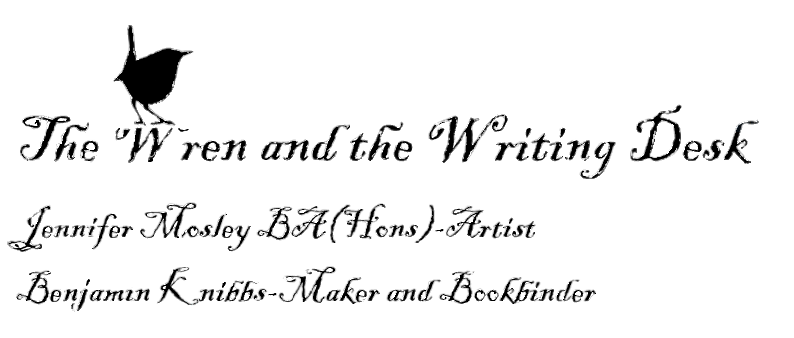In 1992, Louise Bourgeois produced several cells devoted primarily to the theme of childhood. Cell (Choisy) “alluded” to her childhood home, Cell (Three white marble spheres) evoked the family trio and referred to education. Cell (You Better grow Up) is a summation of the whole series, and consists of mirrors, glass balls and clasped hands enclosed in a cell, a “seven by seven – foot cube.” Its sides are made of woven iron bars and glass. Three hands are carved in a block of pink marble. “Sitting on three pieces of wooden furniture are objects: a glass tower and three perfume bottles, a ceramic container with three openings, and a stack of glass shapes. The three hands are a metaphor for psychological dependency. The one large hand is holding the two small childlike hands as if to protect them. It is the hand of mentor of guide, of an active compassionate, responsible adult. The little hands are helpless and dependent. They are in a state of fear and anxiety, which makes them passive.”
Cell (You better grow up) 1993
The mirrors are set on the ceiling and walls, these enlarge the “cell” offering a form of escape. The mirrors “superimpose” each other, giving a multiple view of the world.
“The mirrors reflect the many difficult realities, one worse than the next. To the child the world they show seems distorted and disordered. To the reasonable adult, the view they give is not a frightening one, because, because the mechanism of the hinge is obvious”.
The perfume bottles put us in a nostalgic mood with the powerful recall of smell.
“The self-indulgent shapes in glass and in ceramic are a form of romanticism, a state of abandon, a laissez-faire attitude, a childlike dream.” says Bourgeois.
The older Bourgeois gets, the more, I feel she approaches her earliest childhood memories, and the size of her “reconstructions of childhood feelings” increase to “life – size” proportions.
‘You can arrest the present. You just have to abandon everyday your past. And accept it. And if you can’t accept it, then you have to do sculpture! You see, you have to do something about it. If your need is to refuse to abandon the past, then you have to re – create it. Which is what I have been doing.’
Bourgeois’s approach is compared to Annette Messager. In a 1990 series Histoire des Robes, produced in homage to her mother, Messager enclosed wedding (or first communion) gowns in coffin – like boxes, like sacred relics, the dresses are joined by memories and associations contained in drawings and photographs.
Annette Messager, Histoire des Robes, 1990
“Each replaces a body and alludes to its now – stilled movements. These works are emphatically mortuary, and, as do photographs, each prolongs a presence: a child with its fairy tales, a woman whose desire for physical movement is represented by photographed body parts, a mother with age inscribed in the lines on her hands and breasts.”
Messager’s methods recalls the writings of Brono Bettelheim, which she admires: he asserted that fairy tales have a psychological function for children: they gain an understanding of the world not only through rational comprehension of it but by imaginary experience. Messager mixes up ordinary objects with fairy tale concoctions like the Man in the Moon “and mythical characters such as the weaver Arachne to create a visual fantasia that cannot be interpreted rationally.”
“The fairy tales I love seem amusing and funny, but in fact they’re terrifying and cruel at the same time. I would like to achieve that kind of effect, and not out of cynicism but because I am caught up in my contradictions, in my fears.”
Messager thinks she is “always between fairy tales and popular religious images like ex votos.” which she is very fond of.
“In fairy stories the hero or heroine is thrown into serious danger at the very beginning of the story. It’s a magnification of real life in which the calm, friendly world can suddenly turn unstable, bristle with threats and dangers.”
Further on in the interview with Robert Storr, Messager proceeds with her discussion about fairy.
“I like these highly codified fetishistic rituals in which the hero has to find the foot to fit an abandoned shoe or gold ring. Everything is inflated, amplified, theatricalized. In fairy tales women can only be fairies or princesses, witches or wicked stepmothers, they always have to play highly codified roles like those I have attributed to myself.”
Messager incorporated a sense of fairy tale magic in her series Chimaeras (Chimeres) 1982 large “photographic composites” which have taken the shapes of the bogeyman. Chimaeras attract and disgust simultaneously.
“These installations are lurid and luxurious, oversize, overpainted, over theatrical, they breach ‘decorum and violate’ the integrity of both painting and sculpture with a hysterical disorder.”
Chimaeras are imaginary creatures that seem to belong in fairy tales, and are usually given a female personality or identity: bats; witches; bare and twisted trees; giant spiders and oversize objects, such a scissors and keys where size is threatening are combined with photographs of various body parts, blown up, torn, painted, mounted on canvas. Messager explains:
“For me, it’s a ‘natural’ gesture to rip bodies apart, cut them up…It’s also my desire to reveal scraps, fragments, instants of things; so that there are only a few precious traces, so that the viewer reconstitutes his or her own direction.”
Messager’s Chimaeras were specifically inspired by the symbolist painter Gustave Moreau’s 1884 ‘The Chimaeras’ Messager wanted to combine the fantastic and the horrific with imagery of daily life.
Chimaeras (Chimeres) 1982 - 84



